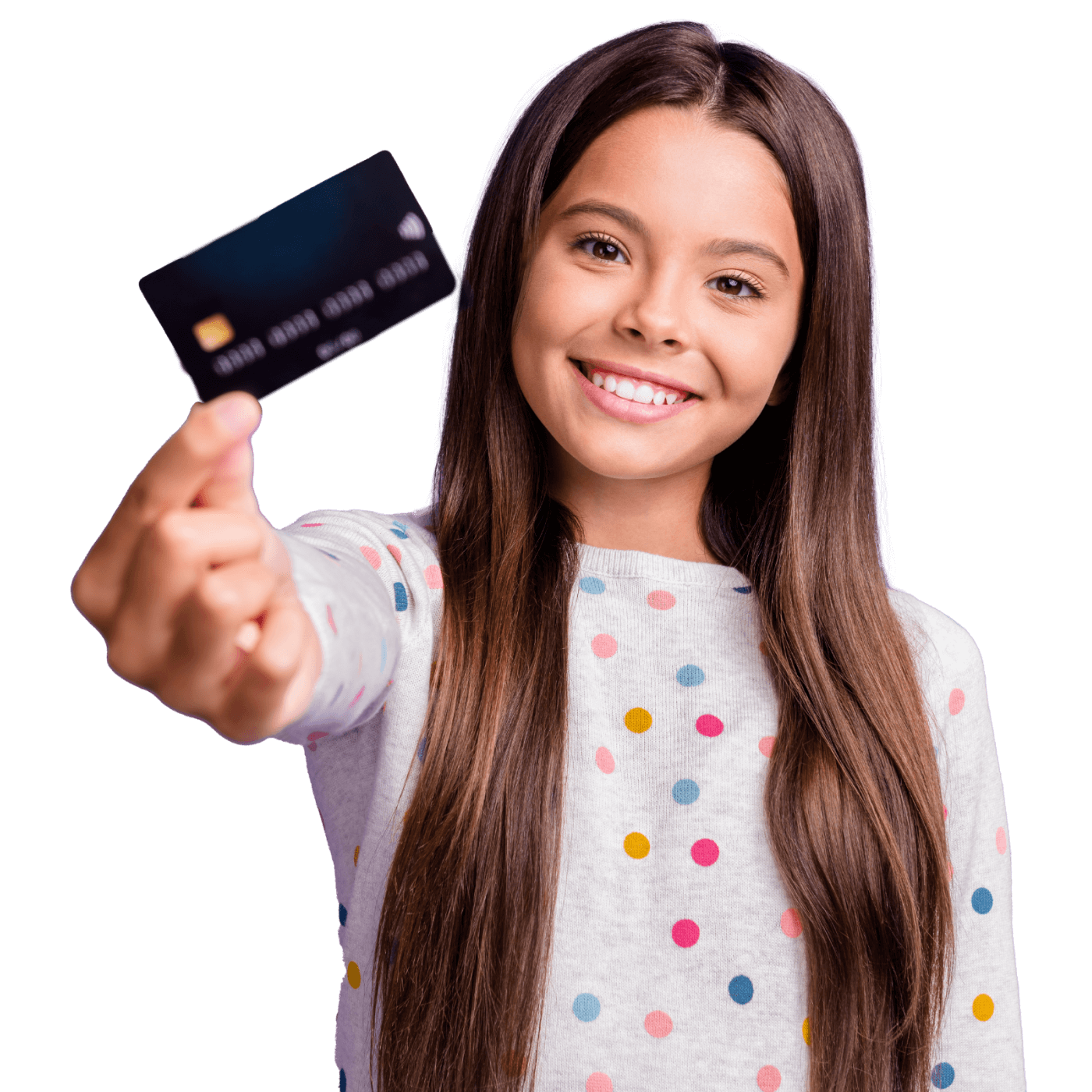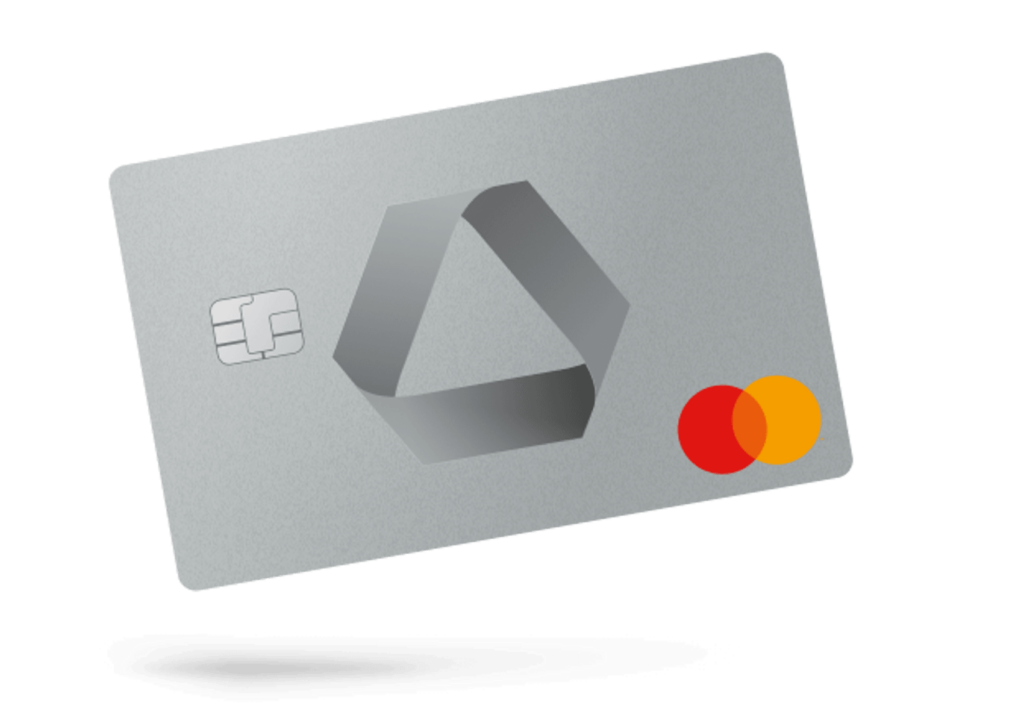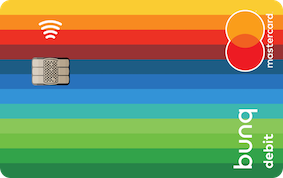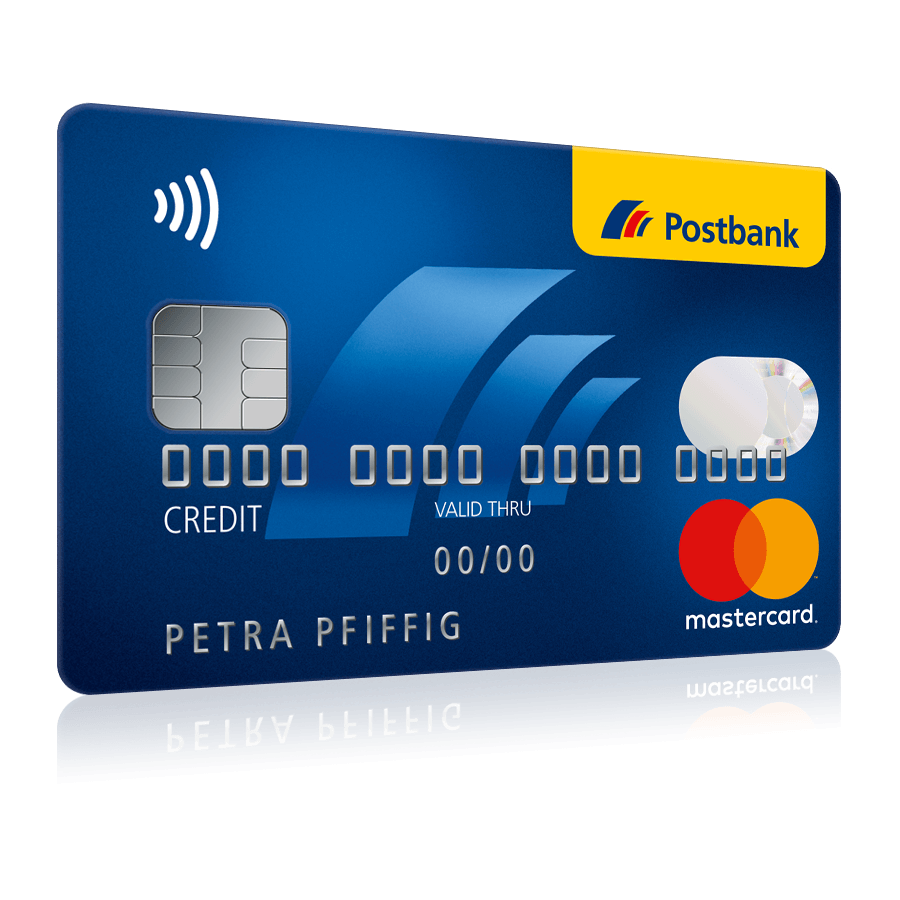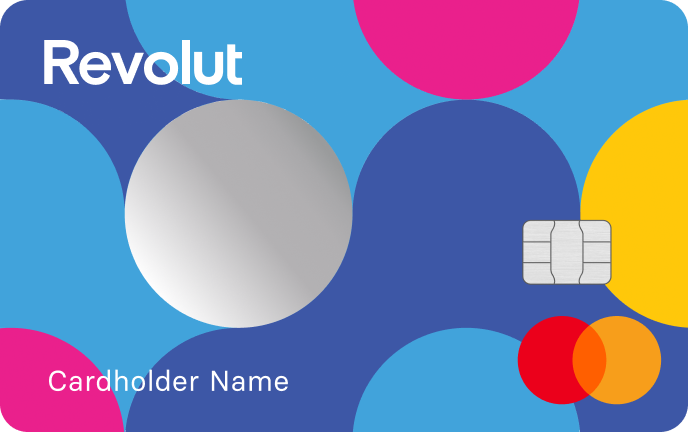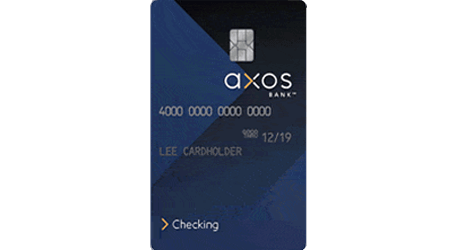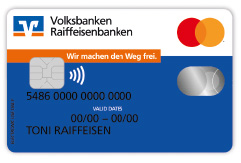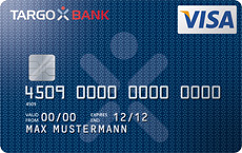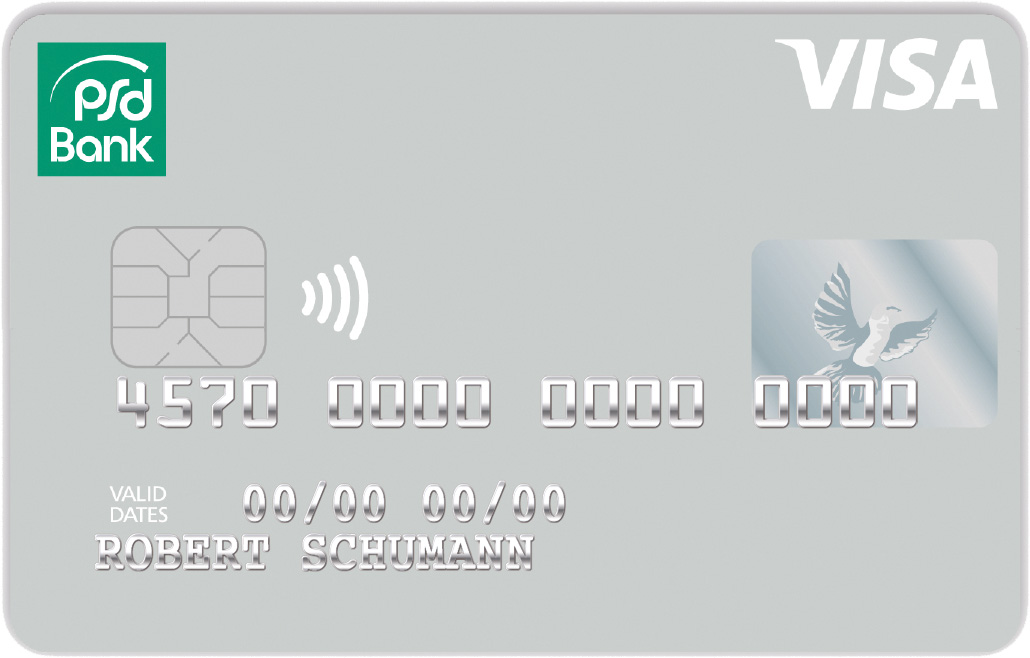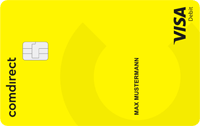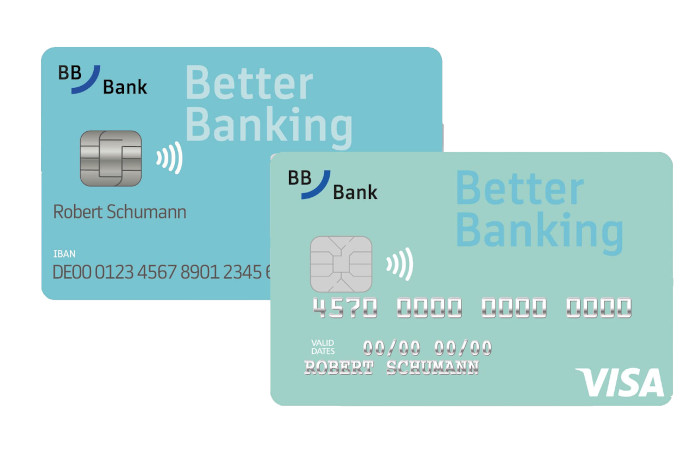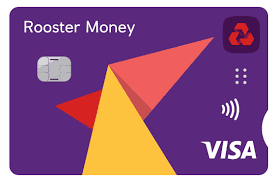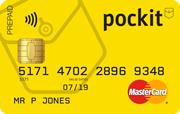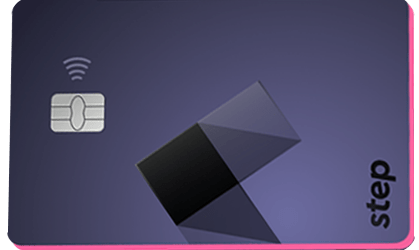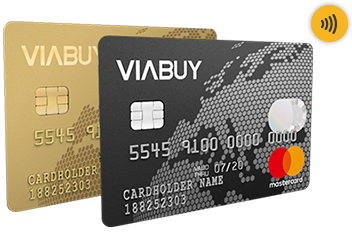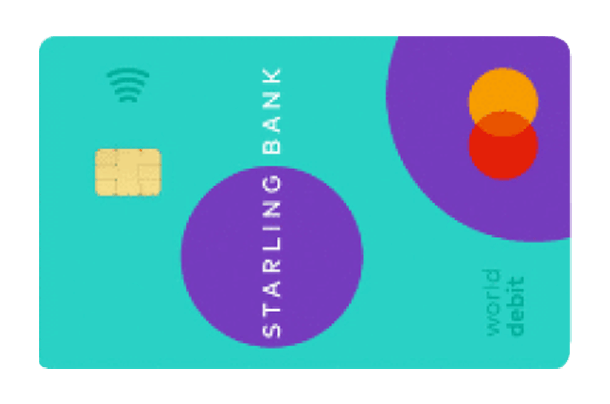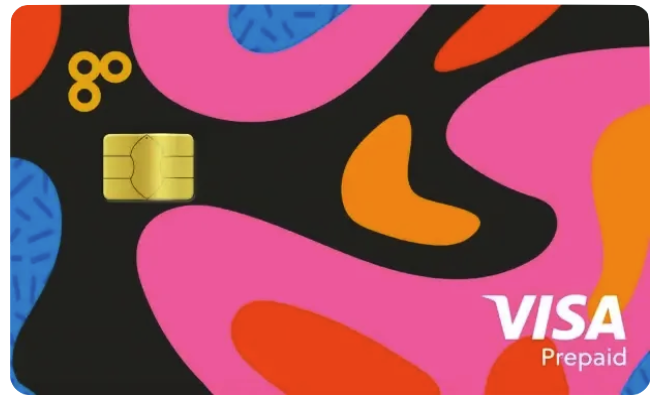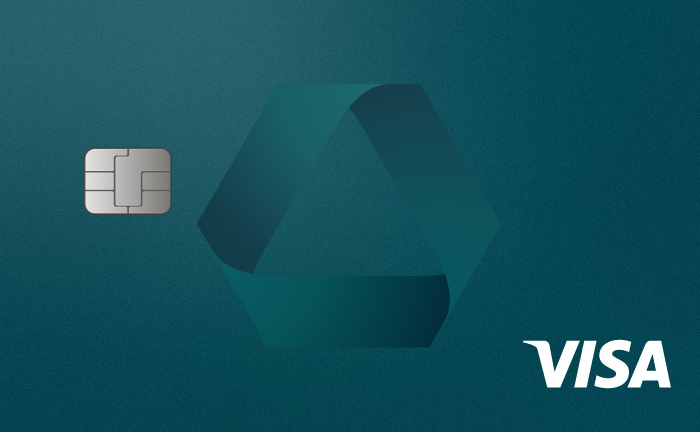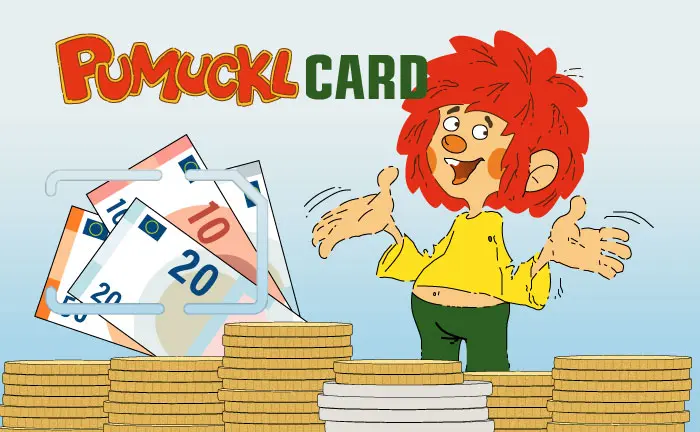Children's Credit Cards – What You Really Need to Know
Providers of children's credit cards often make big promises. To find out which card is truly the best for children and teenagers, check out our neutral Europe-wide credit card review. Everything about security standards, parental spending control, prepaid cards, fees, as well as pros and cons: Find the best children's credit cards now in Germany, Switzerland, and beyond.
Prepaid Children's Credit Cards
Prepaid credit cards for children and teenagers have a major advantage: there is no risk of overdraft or debt. Unlike traditional credit cards, prepaid cards do not allow borrowing. Parents thus have full control over their children's spending since they can load the card with a desired amount of money, preventing children from spending more. Here are some key features of prepaid credit cards for children:
- No Debt Risk: Since the card uses only the money that was previously loaded, there is no risk of incurring debt.
- Budget Control: Parents can monitor and control their children's spending by loading the cards with a set amount.
- Financial Education: Prepaid cards can be an effective tool to teach children how to handle money, as they learn to stay within their budget.
- Safety: Compared to cash, prepaid cards are safer as they can be blocked in case of loss or theft. They are often equipped with security features like PIN codes.
- Easy to Use: They function similarly to normal credit cards and can be used for online shopping, in stores, or at ATMs.
- No Credit Check Required: Since no credit is given, no credit check is necessary for issuing a prepaid card for children.
Prepaid children's credit cards are excellent for teaching teenagers responsible money management while simultaneously providing a high level of control and security for parents.
Are free cards worse than fee-based cards?
At first glance, the costs of credit cards for children and young people vary from 0 euros per year to 70 euros per year and more. Free cards can seem attractive, but it is crucial to check for possible hidden fees. There may be charges for topping up the card, foreign withdrawals, service hotlines and so on. Supposedly expensive cards entice you with benefits such as card design, control apps and much more. But is it worth it? To find the most financially advantageous card, check the cost-benefit comparison in our big credit card comparison.
What is a Children's Credit Card?
A children's credit card is a credit card specially developed for children and young people. They are often prepaid card systems that have to be topped up by parents or guardians and are linked to control apps. They give minors more financial independence by allowing them to shop and manage their money independently. At the same time, children cannot get into debt or spend money uncontrollably thanks to fixed spending limits. In this way, children's credit cards offer a secure framework for learning how to handle money, set savings goals and develop financial responsibility. Children's credit cards are offered by many banks and financial institutions in Germany, Austria and Switzerland. But there are also innovative offers in other European and non-European countries.
Debit Cards & Co.: What Other Types of Children's Credit Cards Are There?
In addition to the popular prepaid card model, there are other types of children's credit cards that can vary depending on the provider and country. Here are some of the most common types of children's credit cards:
Debit Cards: Debit cards are linked to a checking account and the spending limit is usually restricted to the available balance on the account. Debit cards are a good way to teach children how to handle credit cards as they minimize the risk of debt.
Credit Cards: Credit cards have a set credit limit that must be paid back within the monthly billing cycle. Children's credit cards typically have a low credit limit to minimize the risk of debt.
Hybrid Cards: Some providers offer hybrid cards, which are a combination of prepaid and credit cards. This means that parents can set the spending limit individually, but the child also has the option to use the credit line if necessary.
Loading and Using Children's Credit Cards
A children's credit card works similarly to a regular credit card, with some additional features to control use by children and teenagers. Parents or guardians can apply for a children's credit card and set the amount the child is allowed to spend. Parents can also track where and when the child has used the card. In some cases, an SMS notification can be activated to inform the parents about the use of the card. In the case of a prepaid children's credit card, the balance can be reloaded via bank transfer. In some cases, transferring money via QR code or transfer link is also possible.
Credit Card Under 18 Years: These Benefits Offer Children's Credit Cards
Children's credit cards offer various benefits for both parents and children. Here is a list of some of the main benefits:
Financial Education and Responsibility: Children's credit cards are a practical tool to teach young people how to manage money. They can learn to create budgets, track spending, and make financial decisions.
Safety: Compared to cash, credit cards are safer. Lost or stolen cards can be quickly blocked to prevent financial losses.
Convenience: Children's credit cards are particularly handy for travel or online shopping. They provide an easy and secure payment method without the need to carry cash.
Parental Control: Many children's credit cards offer parents the ability to monitor spending and set limits. This allows parents to keep an eye on how and where money is spent.
Emergency Access to Funds: In case of an emergency, children's credit cards provide quick access to funds.
Rewards and Incentives: Some credit cards offer rewards or incentives for saving or responsible spending.
Learning Independence: By using their own card, children learn to be independent and make their own financial decisions.
However, it is important to note that children's credit cards can also come with challenges and risks, such as the potential for poor spending habits. Parents should therefore be careful to monitor and regulate the use of the card.
Children's Credit Cards in Germany, Austria, and Switzerland
In Germany, Austria, and Switzerland, several banks and financial institutions offer children's credit cards. It is advisable to compare the various offers and conditions to find the best children's credit card for your child's needs.
Children's Credit Cards in Germany
In Germany, many banks offer children's credit cards. Some of the most well-known providers include:
- DKB: The German Credit Bank offers the DKB-VISA-Card for children from 0 years old. Parents can individually set the spending limit and monitor the use of the card via the DKB app.
- Comdirect: Comdirect Bank offers the Visa Card Junior for children between 7 and 18 years old. The spending limit can be individually set, and the use of the card can be controlled via the Comdirect app.
- Norisbank: Norisbank offers the Mastercard Prepaid Card for children from 12 years old. Here too, parents can set the spending limit and manage the card via the Norisbank app.
- Bling: Bling offers a Prepaid Mastercard for children from 7 years old. The spending limit can also be set individually by the parents and monitored via the Bling app.
Children's Credit Cards in Austria
In Austria, many banks offer credit cards for children and teenagers. Some of the most well-known providers include:
- Raiffeisen Bank: Raiffeisen Bank offers the Youth Card, suitable for children between 10 and 18 years old. The spending limit can be individually set, and the use of the card can be controlled via the Raiffeisen app.
- Erste Bank: Erste Bank offers the MoneyCard available for children from 10 years old. Parents can set the spending limit individually and monitor the child's spending via the Erste Bank app.
- BAWAG P.S.K.: BAWAG P.S.K. offers the CashCard available for children from 12 years old. Here too, an individual limit can be set for expenses, and card usage can be monitored via the BAWAG P.S.K. app.
Children's Credit Cards in Switzerland
In Switzerland, many banks offer credit cards for minors. Some of the well-known providers include:
UBS: UBS offers the UBS Debit Card for Young, available from the age of 12. The spending limit can be set individually, and the use of the child's credit card can be monitored via the UBS Mobile Banking App.
PostFinance: PostFinance provides the MyPlus card for teenagers and young adults aged 12 to 25. The spending limit can be set individually, and card usage can be controlled through the PostFinance app.
Credit Suisse: Credit Suisse offers the Maestro card for teenagers between 12 and 18 years old. Parents can set the spending limit for their children individually, and card usage can be monitored through the Credit Suisse app.
Children's Credit Cards for Abroad
Many child credit cards, especially those from major networks like Visa or Mastercard, are internationally usable. This makes them a practical option for families traveling or for children who want to pay for school trips or student exchanges abroad. However, before choosing a card, one should carefully check the fees for currency conversion and international transactions. Security aspects are also important, with parents looking for cards that offer robust security features as well as monitoring options. Another crucial factor is the availability of emergency replacement and support abroad, in case the card is lost or stolen. Finally, it is advisable to compare age restrictions and specific conditions of card providers to make the best choice for the needs and age of the child.
Comparing Children's Credit Cards
If you want to select a credit card for your child, there are various aspects to consider. Here are some tips that can help you find the best credit card for your child:
- Check age restrictions: Learn about the age limits for child credit cards in your country. In Germany and Austria, for example, the minimum age is often 7 or 10 years, while in Switzerland, child credit cards are generally available from the age of 12.
- Fees and costs: Learn about the fees and costs of the credit card, including annual fees, transaction fees, and possible costs for use abroad. Compare these costs with those of other providers to ensure you choose a credit card with low costs and fees.
- Credit limit: Pay attention to the credit limit of the credit card. The limit should be high enough for the child to use the card for necessary expenses, but low enough to minimize the risk of debt.
- Control and monitoring: Check whether you as a parent have the ability to control and monitor the expenses with the credit card. Some providers offer apps or online services that allow you to track your child's spending and intervene if necessary.
Apple ID without a Credit Card – Secure Access for Your Child!
Children learn to handle mobile devices at a young age through game and learning apps as well as children's programs on iPhones, tablets, or laptops. However, it can be problematic if a child has access to your Apple ID:
Unauthorized purchases: Children may accidentally or intentionally buy apps, games, in-app purchases, or other paid services, leading to unexpected costs.
Access to sensitive data: Through your Apple ID, personal data such as emails, photos, documents, and contacts can be accessible. Children might accidentally delete or alter important data.
Lack of privacy: If children have access to your Apple ID, they might see your messages, emails, or browsing history, which could compromise your privacy.
Security risks: Children may not be able to recognize phishing attempts or malicious links, increasing the risk that your account could be compromised.
Inappropriate content: Children might have access to content that is not suitable for their age, such as certain movies, music, books, or apps.
To avoid these risks, it is advisable to either deny children access to your Apple ID altogether or to use Apple's Family Sharing feature. This allows you to set up accounts for children, enabling you to monitor and control purchases and accesses.
Now with Paylobby, find the best credit card for your child!
Child credit cards can be a good way to teach children about finances and budgeting. They offer many advantages, such as the ability to shop online. Moreover, they can help parents keep an eye on their children's spending. If you want to apply for a child credit card in Germany, Austria, or Switzerland, it is important to compare the different offers and conditions to find the best child credit card for your child's needs.
However, it is important to know that child credit cards can also pose risks. Children and teenagers may not fully understand how credit cards work and how to handle them responsibly. Therefore, it is important for parents and guardians to maintain control over the card's use and keep an eye on their child's spending.

